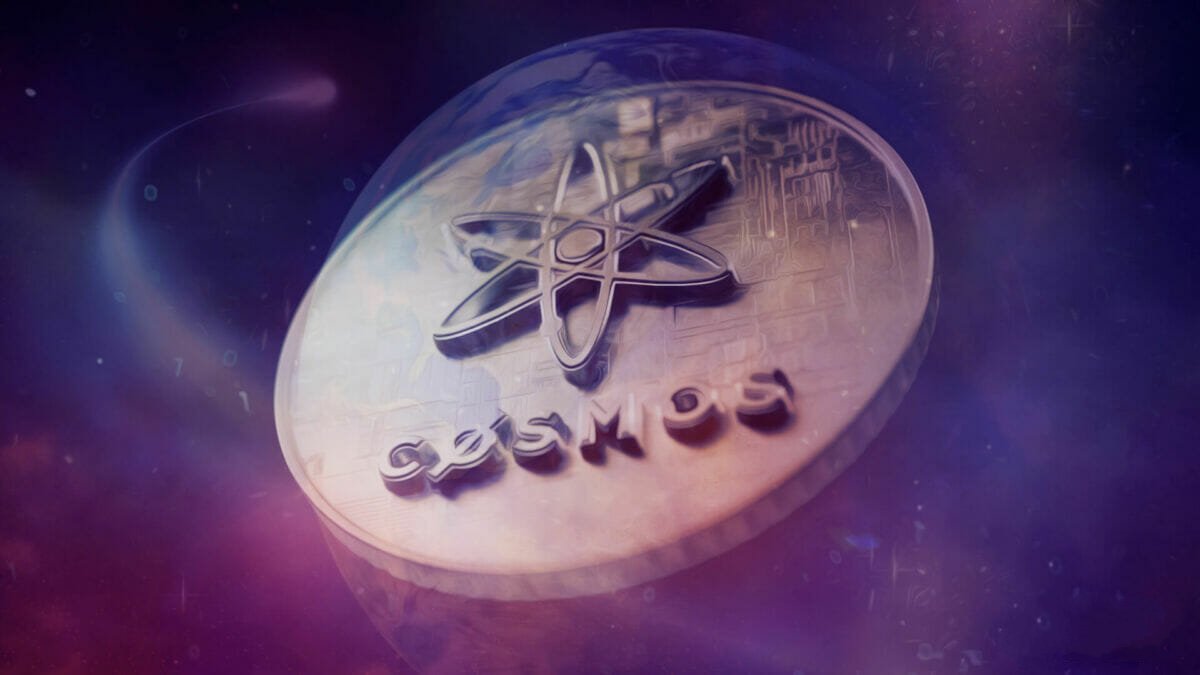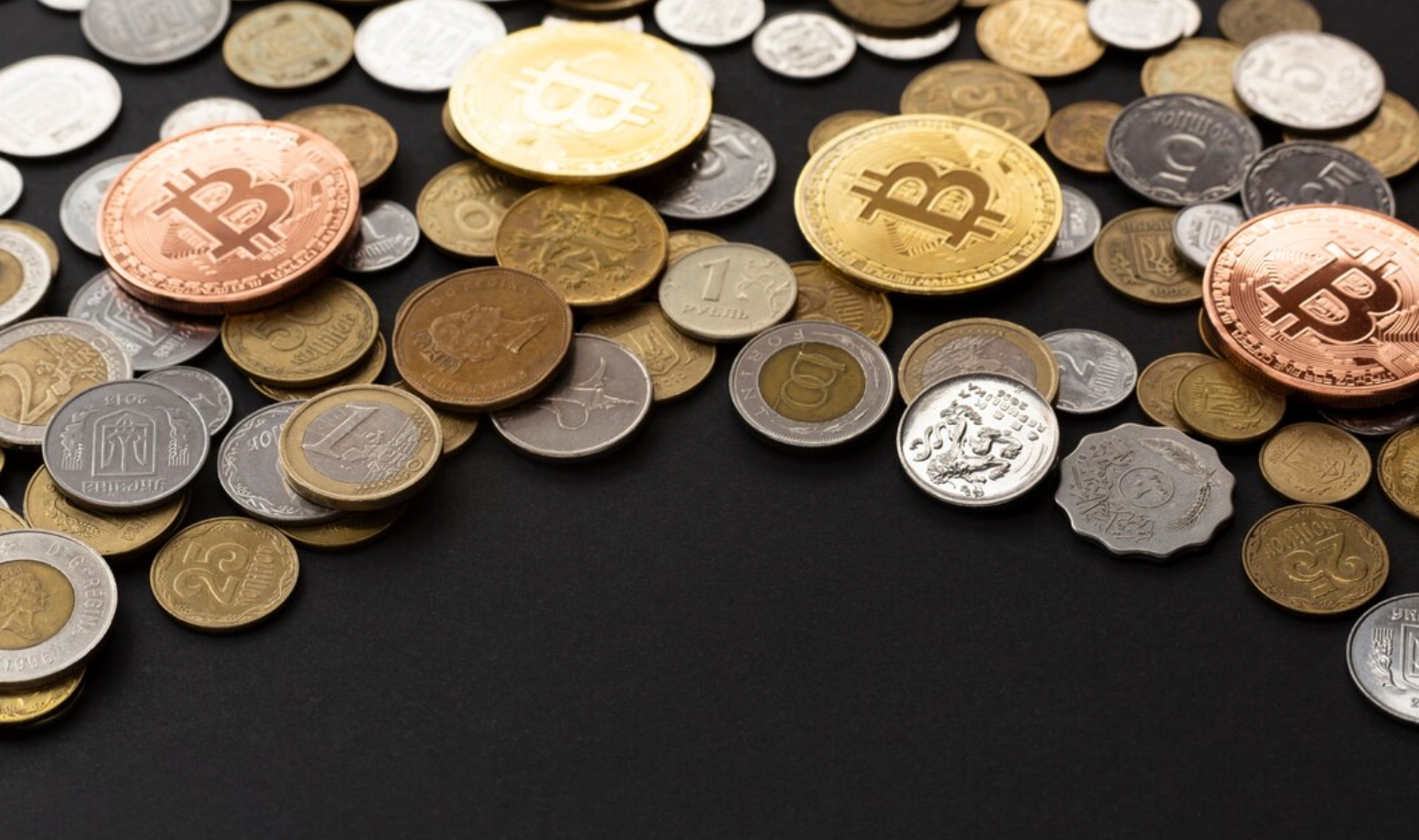The future of Ethereum is uncertain; the question is whether or not it will ever be able to surpass Bitcoin. Will Solana be able to oust Ethereum from his position? Through an avalanche? By Cosmos? Which network will emerge victorious in the fight for smart contracts? You are quite knowledgeable about all of these discussions that occur regularly in our ecosystem. The experts at Bank of America are the ones who are currently pondering how long the second cryptocurrency to enter the market would keep its “first come, first served” advantage over its competitors. These are the arguments that they present.
A contending leader Ethereum is maintaining its composure for the time being…
Alkesh Shah And Andrew Moss, both of whom are analysts at Bank of America (BoA), published a report on research they had done on Ethereum the week before last. The most notable aspect of this network is, without a doubt, the fact that it was the pioneer in enabling smart contracts in their current form. In addition, the blockchain in question is the one that has made the Challenge of decentralized finance more democratic, and it is on this blockchain that the first applications have been released into the wild.
Nevertheless, the widespread adoption of these protocols and other forms of decentralized applications (also known as Dapps) has resulted in a knock-on effect known as congestion of the network and has automatically led to an increase in user fees. Because of this, developers working on Ethereum must find a scaling solution as rapidly as possible to avoid losing the well-known advantage of “first come.” And consequently, run the risk of extinction? The note essentially states the following, which can be read as follows:
“As was the case in earlier technology cycles (personal computers, software, the internet), new projects are likely to arise, and ones that are badly positioned will emerge,”
Ethereum stays on track with its roadmap, but the other cryptocurrencies won’t wait for it!
… Yet, no one will be able to confront him if he is unable to improve his level of processing capacity.
Just because there is more competition! Because of this, industry experts anticipate a sluggish development in the acceptance and utilization of Ethereum if the network is unable to expand its flow. It is the number of transactions that take place every second. Even though this metric does not always signify the beginning or the end of a blockchain, its significance cannot be overstated. The following is a summary of the information provided in the warning:
“We believe that Ethereum’s long-term viability will depend on its ability to achieve the vision outlined in its roadmap, which includes implementing a partitioned – or sharded – architecture to dramatically expand its throughput capacity. » “We believe that Ethereum’s long-term viability will depend on its ability to achieve the vision outlined in its roadmap.”
From the perspective of the Ethereum community, we are aware that the architecture in issue, which is known as sharding in English, is already in the works and will likely see the light of day in the coming weeks and months. On the website of the foundation, the year 2023 and the following year 2024 are both listed. Yet while everyone watches to see if the team can meet the deadlines and if Ethereum will be able to speed up, layers 2 as Arbitration Or Optimism lead the dance and strive, in their unique way, to boost the processing capacity of the entire building.






